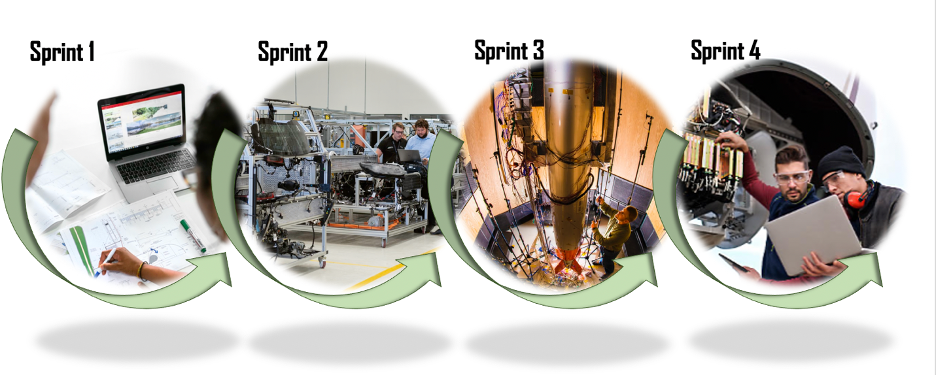The key test optimization opportunity of an effective T&E effort is the design and execution of Design of Experiments (DOE). DOE is a systematic method to determine the relation between inputs or factors affecting a process or system and the output of that system. The system under test may be a process, a machine, a natural biological system or many other dynamic entities. This discussion concerns use of DOE for testing a software intensive system (a standalone program, or integrated hardware and software).
Test planners have a range of software test strategies and techniques to choose from in developing a detailed test plan. The choices made will depend on the integration level (i.e., unit test to system of systems T&E) of the target test article, as well as the specified and generated test requirements. Typically, the complete test plan will involve a combination of these techniques. Most of them are commonly known, but applying DOE for testing software intensive systems may not be as familiar. In this context, the design in “DOE” is a devised collection of test cases (experimental runs) selected to efficiently answer one or more questions about the system under test. This test case collection may comprise a complete software test plan, or a component of that plan.
DOE can save significant test time within the overall DT&E and/or OT&E efforts. In one particular instance GreenDart achieved 66% DT&E schedule savings through the successful application of DOE.




